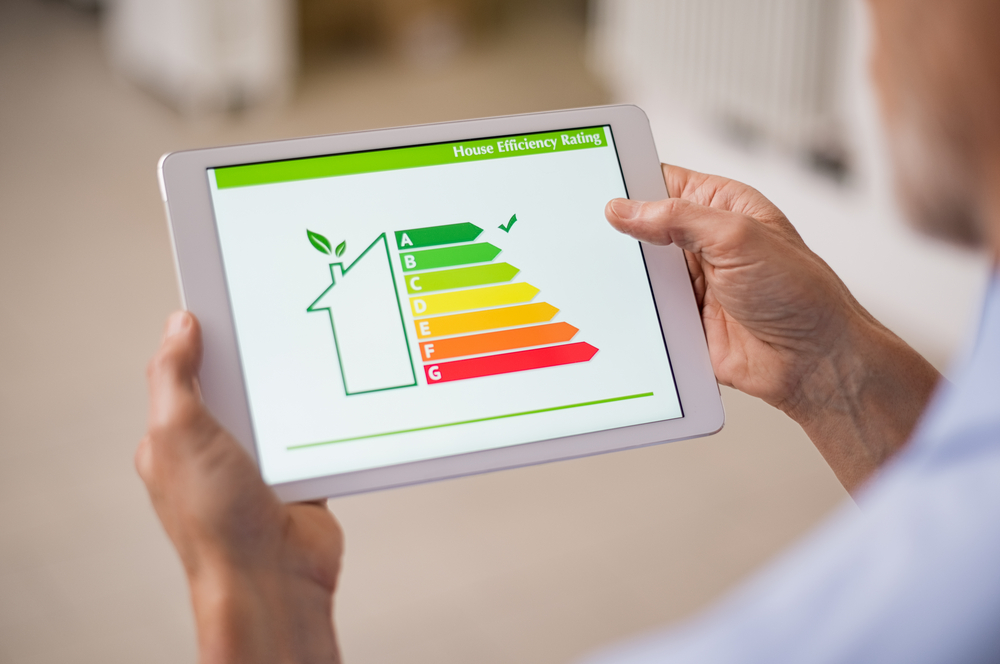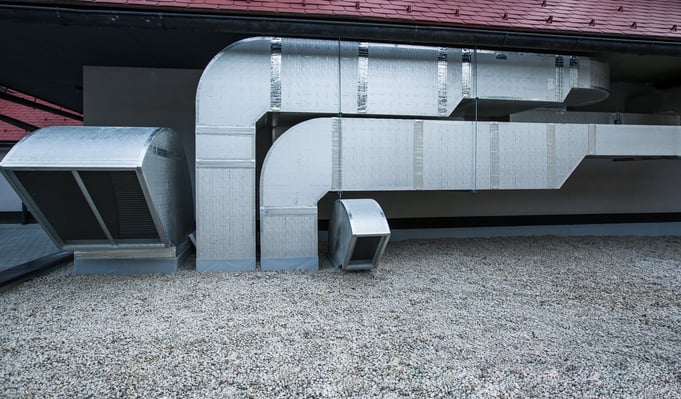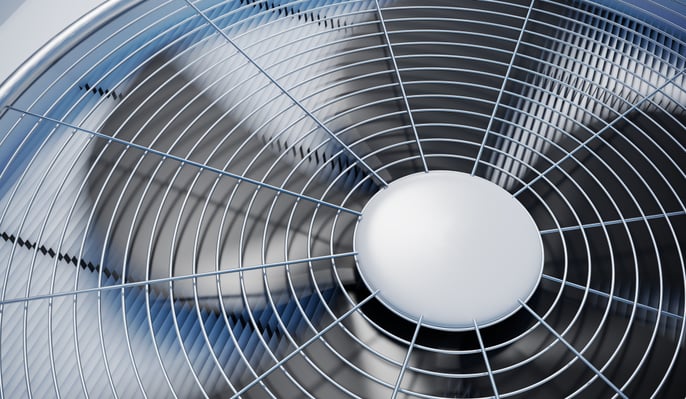Energy Efficiency and Indoor Air Quality: Friends or Foes?

Energy efficiency and indoor air quality are both desirable features in a building. Energy efficiency reduces the operating cost and environmental impact of buildings, while indoor air quality creates a healthier environment for occupants. Also, energy efficiency and IAQ can help score points for a green building certification such as LEED. There is a common belief that energy efficiency has a negative impact on air quality, and vice versa. However, both aspects can be improved together with smart design decisions.
HVAC systems account or the largest share of energy consumption in most residential and commercial buildings. In addition, indoor air quality is strongly dependant on HVAC performance. This means a good HVAC design is fundamental to achieve both energy efficiency and IAQ in a building project.
Reduce your energy bills and improve air quality.
Using Ventilation Effectively
Ventilation consumes less energy than space heating and air conditioning. However, the amount of outdoor air supplied to a building affects the heating and cooling loads. For example, if air handlers increase the outdoor airflow on a hot summer day, the air conditioning system must work harder to compensate for the extra heat entering the building. The same applies for heating systems if ventilation is increased on a cold winter day.
According to the US Environmental Protection Agency, indoor air is typically 2 to 5 times more polluted than outdoor air, even in cities. Therefore, diluting indoor air with outdoor air is an effective way to reduce the concentration of air pollutants. Since we spend 90% of our time indoors, and conserving indoor air quality is very important.

Lack of ventilation is detrimental for indoor air quality, but excessive ventilation represents a waste of energy. Ideally, a ventilation system should provide just the right amount of air needed by a building. This can be accomplished by meeting two design requirements:
- Measuring indoor air pollutants, and increasing or decreasing ventilation rates as needed.
- Ensuring the ventilation rate is never decreased below the minimum values established in local building codes.
ASHRAE provides two methods for designing mechanical ventilation systems, the Ventilation Rate Procedure (VRP), and the Indoor Air Quality Procedure (IAQP). The VRP is based on prescriptive ventilation rates that have been determined by ASHRAE after extensive laboratory tests. These rates are based on the type of building, its floor area, and the number of occupants. On the other hand, the IAQP uses no prescriptive values, and instead ventilation is controlled according to air quality measurements. The IAQP has the potential to improve efficiency, since there is no minimum ventilation rate. However, many local building codes are based on the VRP because using prescriptive values is easier.
To optimize ventilation performance while meeting building codes, a hybrid design approach is possible. Minimum airflow rates are based on code requirements, but smart controls are used to adjust airflow based on air quality measurements. When ventilation rates are controlled carefully, building owners also save on space heating and air conditioning.
Upgrading HVAC Systems to Improve Efficiency and IAQ
When energy efficiency measures are deployed without a careful analysis, they can have a negative impact on indoor air quality. For example, if ventilation rates are reduced arbitrarily, indoor air pollutants can reach higher concentrations. However, with a professional energy audit, building owners can identify energy saving measures what don’t affect IAQ, or even measures that also improve IAQ.

Many ventilation systems are of the constant air volume (CAV) type, which means they always operate at full fan capacity. By converting them to variable air volume (VAV) systems, ventilation can be optimized with smart controls. Indoor air quality will not suffer if the ventilation control measures the concentration of air pollutants. The US Environmental Protection Agency found that a ventilation upgrade from CAV to VAV can achieve annual energy savings of 10% to 21%.
Depending on the local climate, an HVAC systems can also be enhanced with an airside economizer or an energy recovery ventilator:
- An airside economizer can determine when an increase in outdoor airflow will have the same cooling effect as an air conditioner. In these cases, the economizer supplies more outdoor air, while reducing the AC cooling output. The fans consume more energy to deliver more air, but the air conditioning savings achieved are higher.
- An energy recovery ventilator exchanges heat and humidity between the outdoor air supply and the exhaust air. This measure can save on heating, cooling, humidification or dehumidification. When only heat is exchanged but not humidity, the system is called a heat recovery ventilator.
Airside economizers and ERVs are useful in buildings because they allow increased ventilation while conserving energy efficiency. However, the effectiveness of these measures changes depending on the local climate. Professional energy modeling services are recommended to study the performance of these measures before investing in them.
Improving indoor air quality is normally viewed as a wellness measure, but there is also a significant economic benefit. According to JLL Incorporated, one of the largest real estate firms globally, payroll and other labor expenses are 10 times larger than utility bills in commercial buildings. This means that a 1% improvement in office productivity is comparable to a 10% improvement in energy efficiency and water efficiency. Since indoor air quality makes buildings healthier and more comfortable, it can directly improve productivity.

Anuj Srivastava
Anuj Srivastava is a principal partner at NY Engineers. He is known for his MEP franchise market knowledge. Anuj is currently leading a team of 100+ MEP/FP engineers and has successfully led over 1500 franchise projects in the US.
Join 15,000+ Fellow Architects and Contractors
Get expert engineering tips straight to your inbox. Subscribe to the NY Engineers Blog below.



